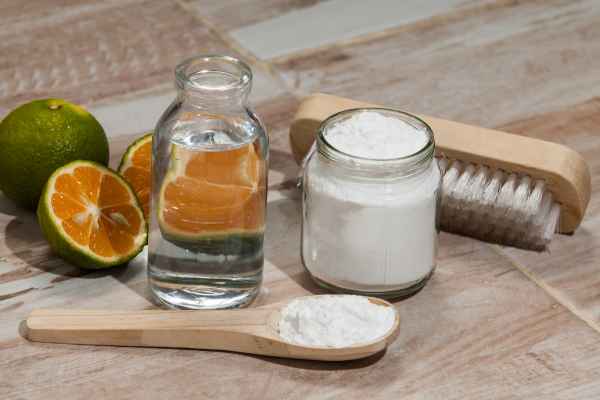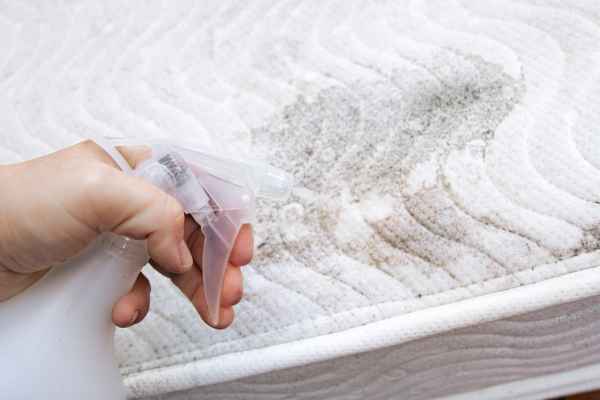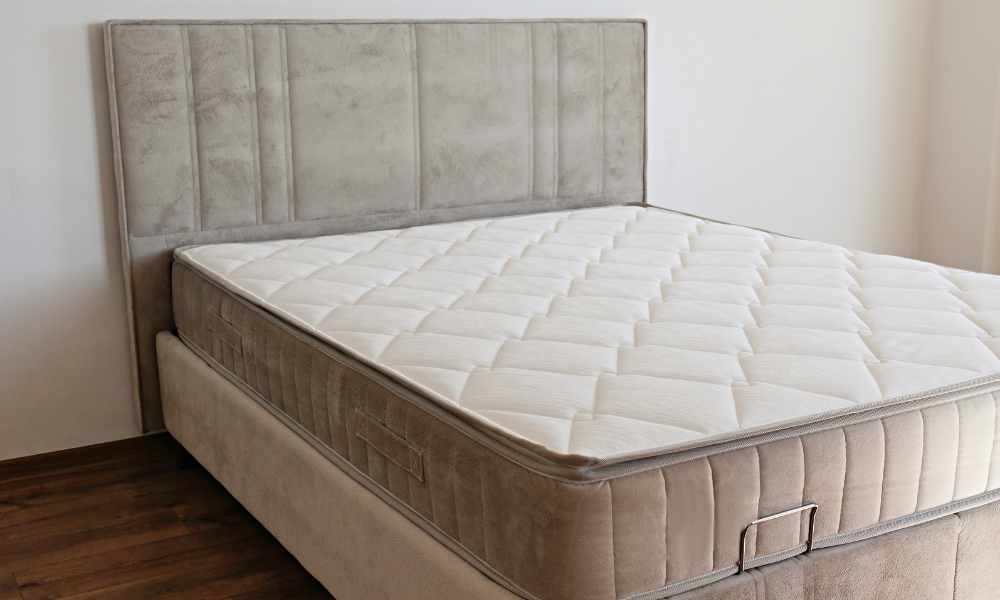Welcome to your essential guide on “How to Sanitize a Used Mattress.” Ensuring your mattress is clean and germ-free is crucial for a healthy sleep environment. In this post, we’ll dive deep into effective, easy-to-follow steps to refresh and sanitize your used mattress, transforming it into a safe haven for restful nights. Whether it’s dealing with common stains, odors, or allergens, our comprehensive approach covers everything you need to know to achieve a pristine sleep surface. Join us as we explore practical tips and expert advice to maintain your mattress in top condition, ensuring peace of mind and promoting better sleep hygiene.
Preparation for Cleaning

Before sanitizing your used mattress, start with thorough preparation to ensure optimal cleanliness. First, strip the mattress of all bedding, pillows, and accessories. This exposes the entire surface and edges, making it easier to address every nook. Next, use a vacuum cleaner with a hose attachment to thoroughly vacuum the mattress. Focus on seams and crevices where dirt and dust accumulate. This initial step not only removes visible debris but also prepares the mattresses for deeper cleaning techniques. Ensuring your mattress is free of surface dirt is crucial for the effectiveness of further sanitizing methods.
Spot Cleaning Stains
Spot cleaning stains on a used mattress is essential for maintaining hygiene. Start by identifying the type of stain—organic stains, like sweat and blood, are common and best treated with enzyme-based cleaners that break down the proteins. Inorganic stains, such as ink or grease, require a different approach, using isopropyl alcohol or a mild detergent solution. Apply the cleaner directly to the stain, blotting gently to lift it without spreading. Avoid rubbing, as this can push the stain deeper into the mattresses fibers. By using the right cleaning solution for each stain type, you ensure a cleaner, more sanitized mattresses for better sleep.
Using Baking Soda for Deep Cleaning

Baking soda is a powerful ally in deep cleaning a used mattress, particularly for neutralizing odors. To start, evenly sprinkle a generous amount of baking soda across the entire surface of the mattress, ensuring it covers all areas where odors may linger. The baking soda works by absorbing moisture and trapping unpleasant smells. For optimal results, leave the baking soda on the mattresses for at least 24 hours. This allows it to fully penetrate and eliminate odors effectively. Afterward, simply vacuum the mattresses thoroughly to remove the baking soda, leaving your mattresses refreshed and deodorized, ready for a comfortable night’s sleep.
Steam Cleaning
Steam cleaning is an effective method for sanitizing a used mattress, offering deep cleaning that eliminates dirt, bacteria, and allergens. The high temperature of the steam not only cleans but also disinfects, making it a powerful tool against germs and dust mites. To steam clean your mattress, start by vacuuming to remove loose debris. Next, slowly move the steam cleaner over the entire surface, allowing the steam to penetrate deeply. Pay special attention to seams and crevices. After steaming, let the mattresses dry completely in a well-ventilated area. This method leaves your mattress refreshed, sanitized, and ready for a healthy night’s sleep.
Using a Disinfectant Spray

Using a disinfectant spray is essential for deep sanitization when cleaning a used mattress. Choosing a disinfectant spray that is specifically designed for fabrics is crucial to ensure it won’t damage the mattress material. Look for products that are effective against bacteria, viruses, and allergens while being gentle on textiles. To apply, lightly mist the entire surface of the mattress, focusing on high-contact areas. Allow the spray to sit for the recommended time to maximize its effectiveness. This step ensures your mattresses is thoroughly sanitized, providing a safer and healthier sleeping environment. Regular use of disinfectant spray helps maintain ongoing cleanliness and hygiene.
Dealing with Bed Bugs and Other Pests
Dealing with bed bugs and other pests is essential sanitize a used mattress . Signs of a bed bug infestation include small reddish-brown stains, tiny eggs, and itchy bites. If you suspect bed bugs, start by thoroughly vacuuming the mattresses and surrounding areas, focusing on seams and crevices. Use a bed bug-specific spray or diatomaceous earth to treat the mattress and eliminate pests. Encase the mattresses in a bed bug-proof cover to prevent future infestations. Regularly wash bedding in hot water and maintain a clutter-free environment to discourage pests. Taking these steps ensures your mattresses is free of pests and safe for a good night’s sleep.
Sun Exposure and Air Drying

Sun exposure and air drying are essential steps in sanitize a used mattress . Placing your mattress in direct sunlight helps kill bacteria, dust mites, and other pathogens, thanks to the natural disinfecting power of UV rays. Sunlight also aids in eliminating moisture, reducing the risk of mold and mildew growth. To air dry your mattresses effectively, ensure it’s in a well-ventilated area, preferably outdoors, with good airflow. Prop the mattresses up on its side to allow even drying and prevent moisture from getting trapped inside. Regular sun exposure keeps your mattresses fresh, dry, and free from harmful microorganisms, promoting a healthier sleeping environment.
Essential Oils for Additional Freshness

Enhance your mattress’s freshness by incorporating essential oils, a natural way to maintain a pleasant scent. Popular choices like lavender, tea tree, or eucalyptus oils not only add a refreshing aroma but also possess antibacterial properties. To apply, mix a few drops of your selected essential oil with baking soda, then sprinkle the mixture evenly across the mattress surface. Allow it to sit for a few hours before vacuuming it up. This method not only refreshes your mattresses but also helps in eliminating odors. By using essential oils, you can maintain a clean, inviting sleep environment naturally and effectively.
Maintaining Mattress Hygiene
Maintaining mattress hygiene is essential for a healthy sleep environment. Regularly vacuuming your mattress helps remove dust, allergens, and debris, keeping it clean between deep cleans. Consider using a mattress protector to guard against spills and stains, making maintenance easier. To ensure thorough cleanliness, schedule a deep cleaning every six months. This can involve steam cleaning, baking soda application, or using a disinfectant spray to eliminate bacteria and odors. Regular rotation of your mattresses also prevents uneven wear and tear, extending its lifespan. By following these simple maintenance tips, your mattresses will stay fresh, sanitized, and comfortable for years to come.
Conclusion
Knowing how to sanitize a used mattress is vital for ensuring a healthy and restful sleep environment. By following the outlined steps—spot cleaning stains, deep cleaning with baking soda, steam cleaning, and maintaining regular hygiene—you can effectively eliminate allergens, bacteria, and odors. Regular maintenance, combined with periodic deep cleaning, will keep your mattresses fresh and extend its lifespan. Whether you’re revitalizing a second-hand mattresses or simply looking to maintain your current one, these techniques offer a reliable solution. Prioritizing mattresses sanitation not only promotes better sleep but also enhances your overall well-being, making it a worthwhile investment for your home.

